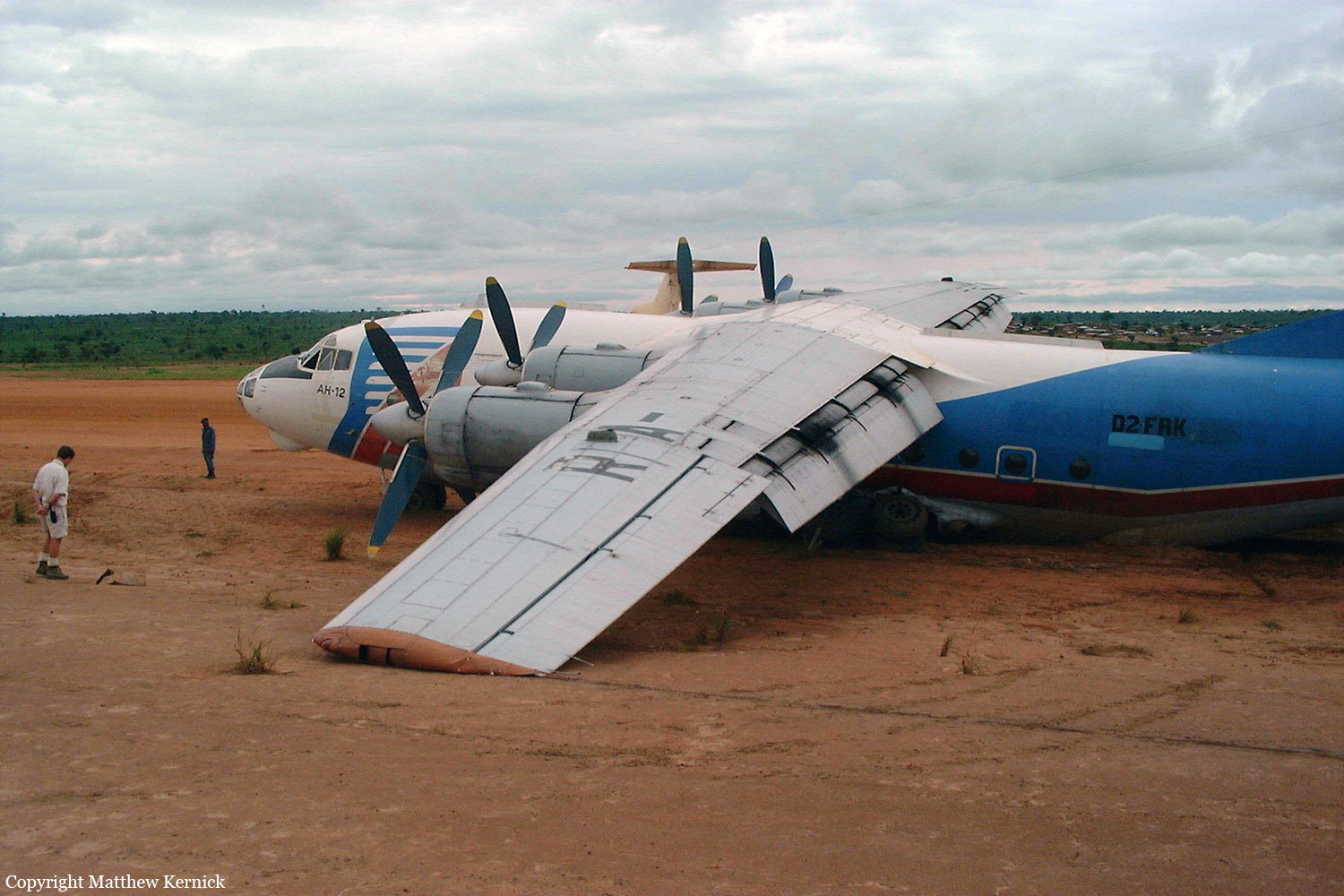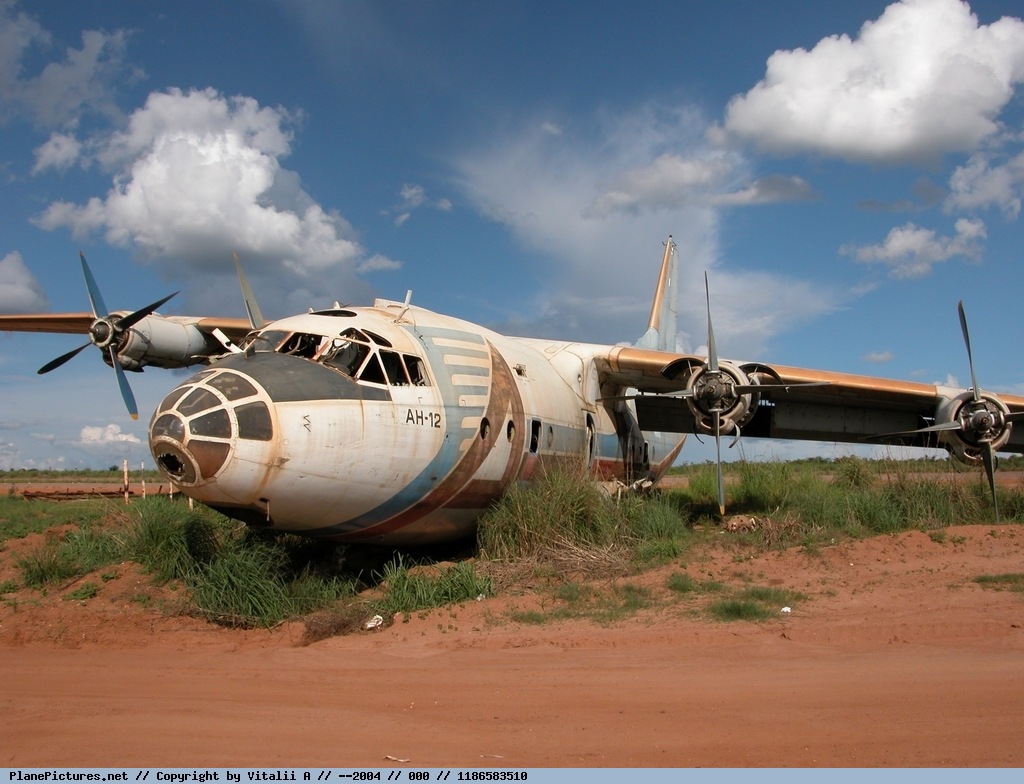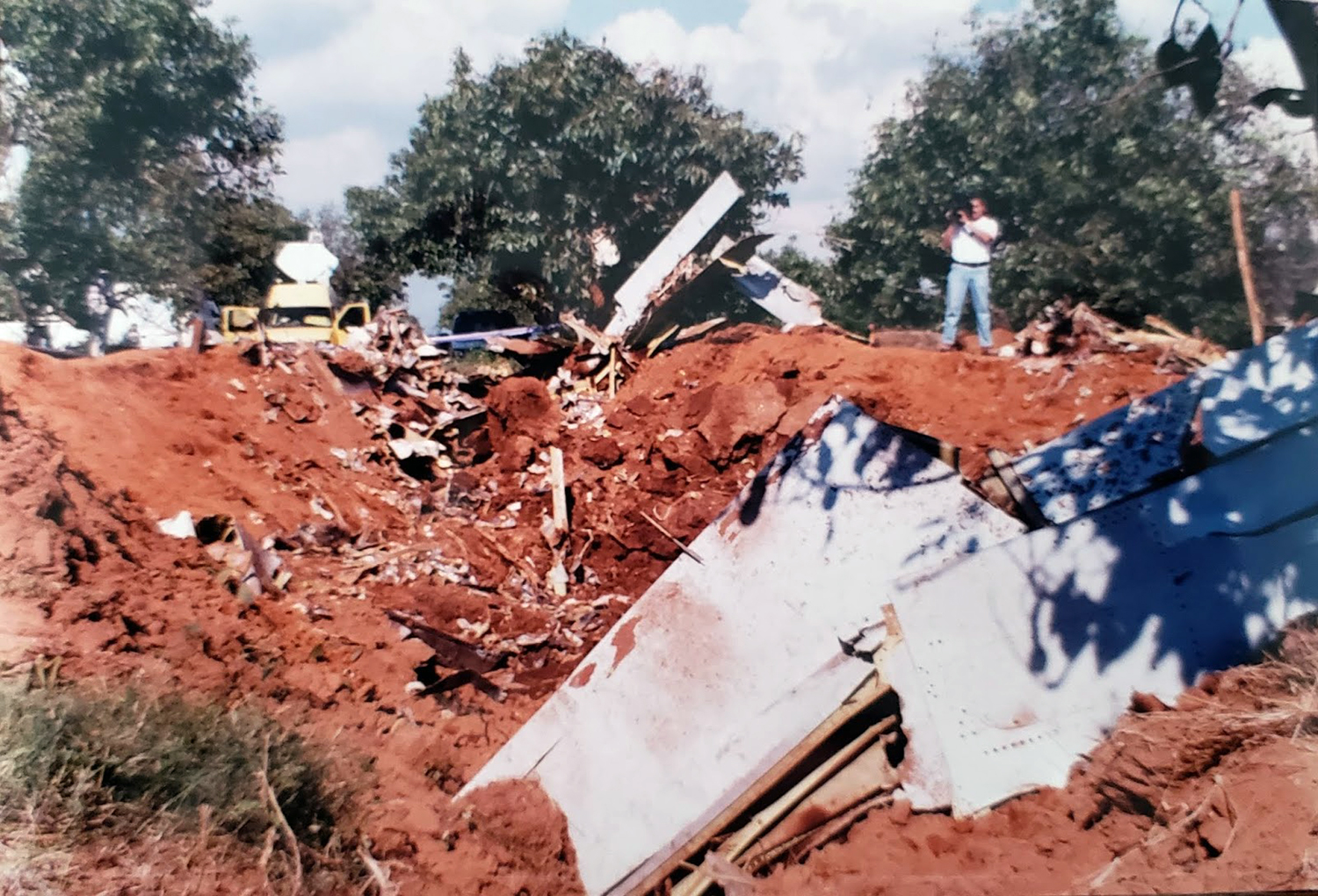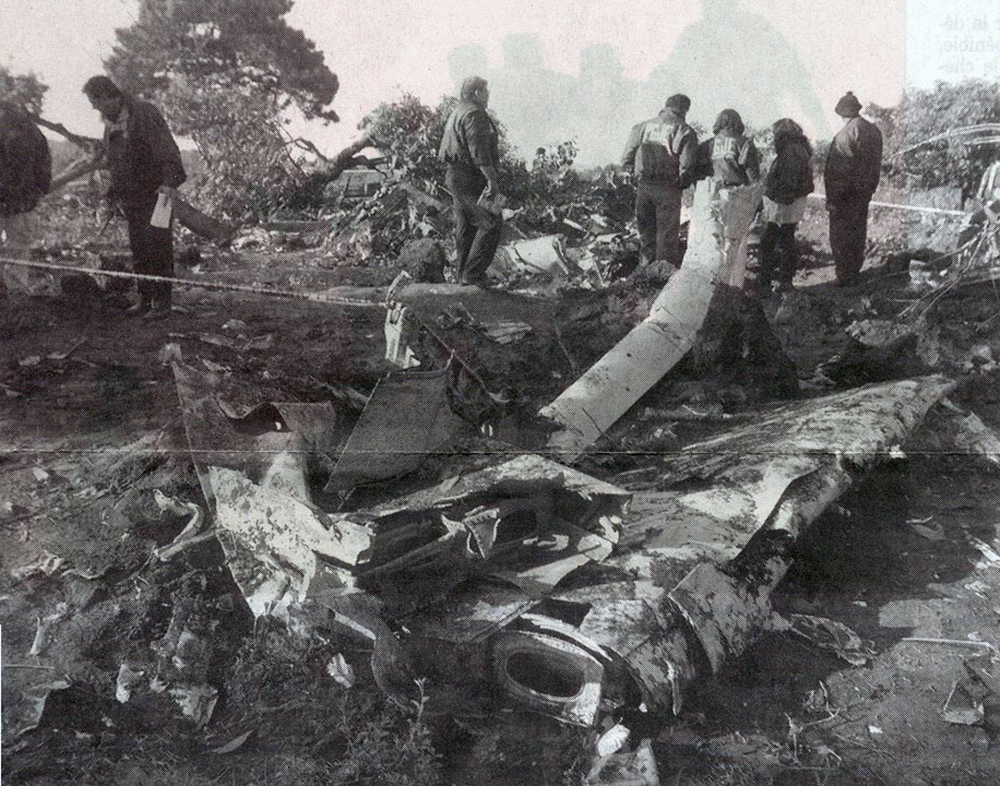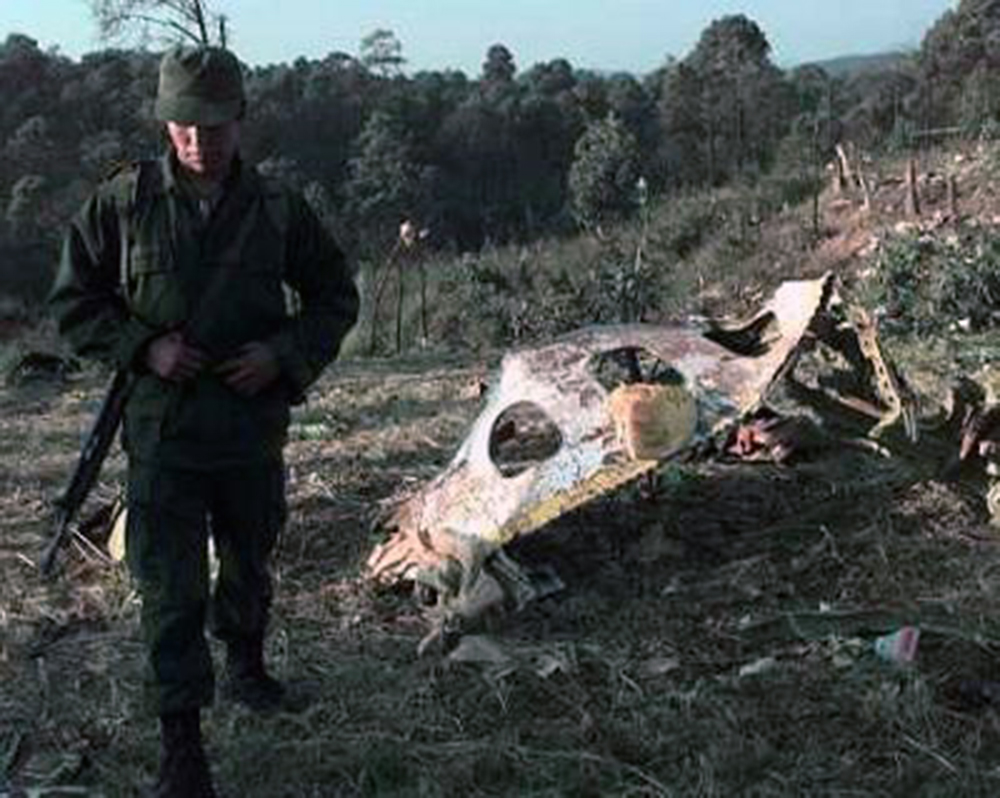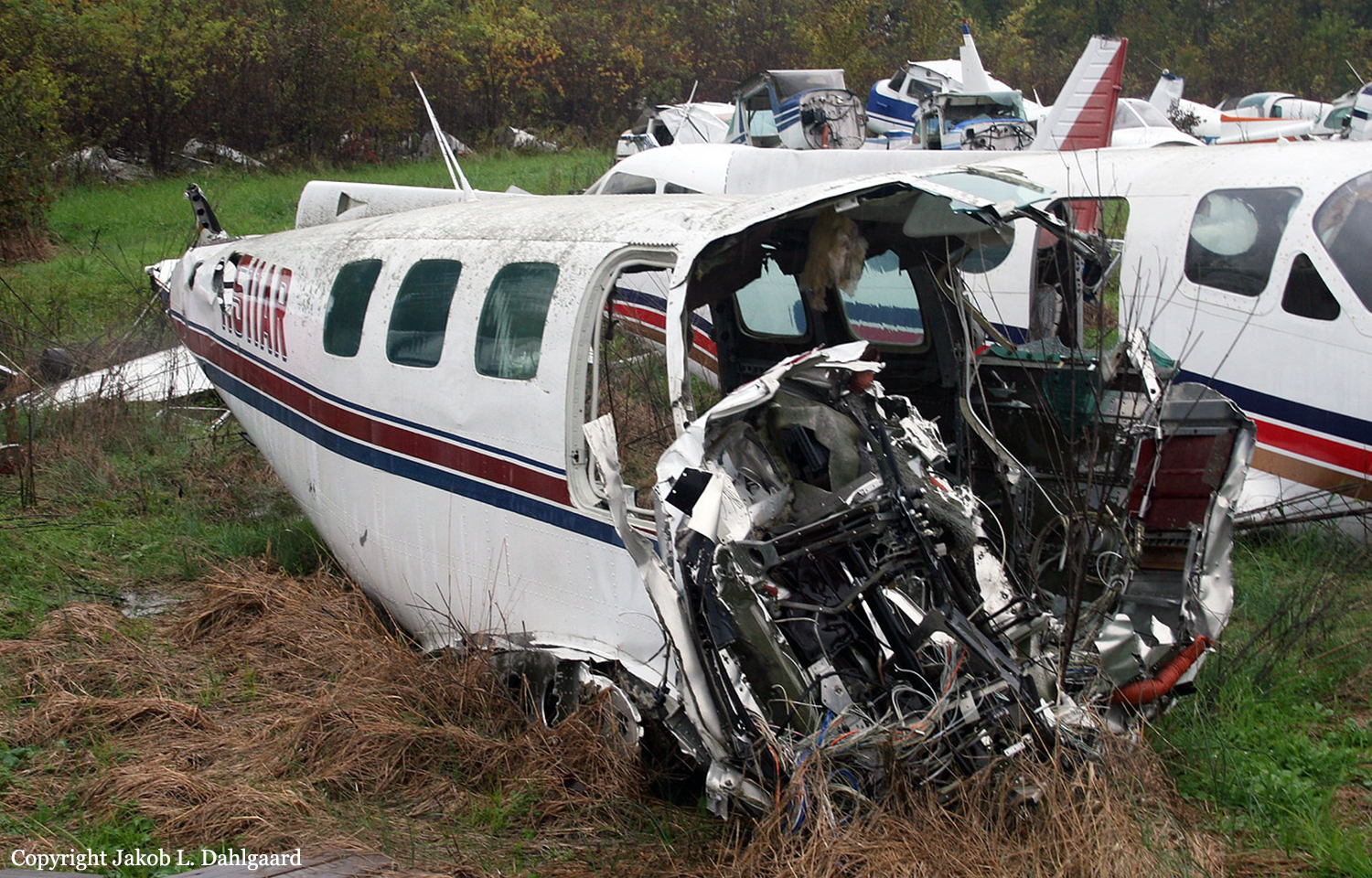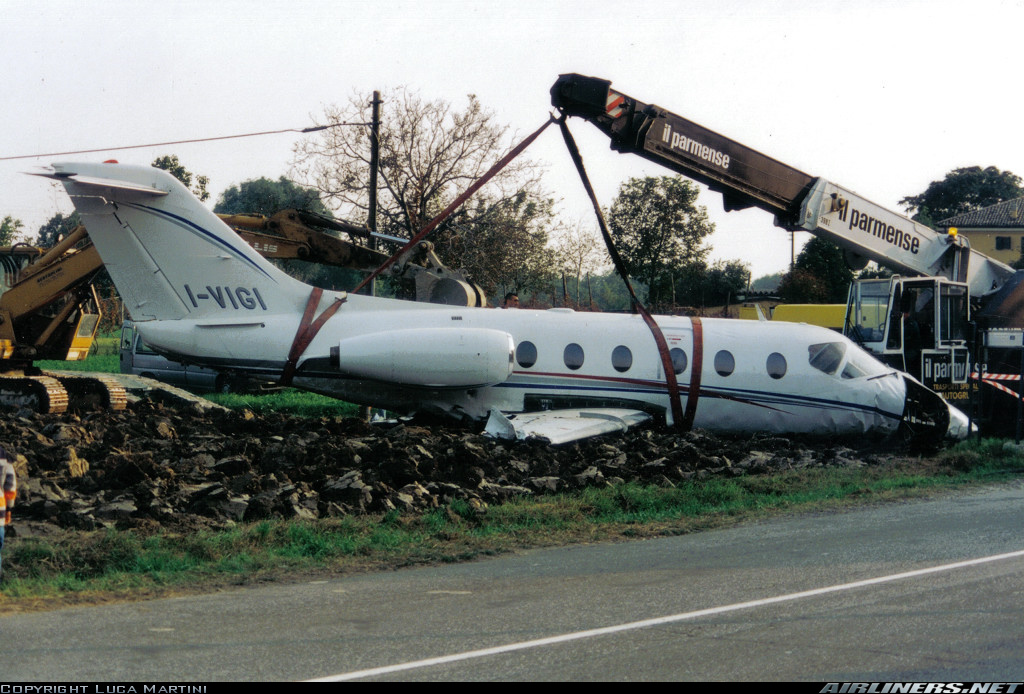Crash of a Convair CV-580 in Tshikapa
Date & Time:
Nov 18, 1999
Registration:
9Q-CEJ
Survivors:
Yes
Schedule:
Tshikapa - Kananga
MSN:
79
YOM:
1953
Crew on board:
3
Crew fatalities:
Pax on board:
0
Pax fatalities:
Other fatalities:
Total fatalities:
0
Circumstances:
After takeoff from Tshikapa Airport, while in initial climb, both engines failed simultaneously. The aircraft stalled and crash landed in a field past the runway end and came to rest. All three crew members escaped with minor injuries while the aircraft was damaged beyond repair.
Probable cause:
Failure of both engines during initial climb due to a fuel exhaustion. It was determined that the aircraft had not been refueled prior to departure.






